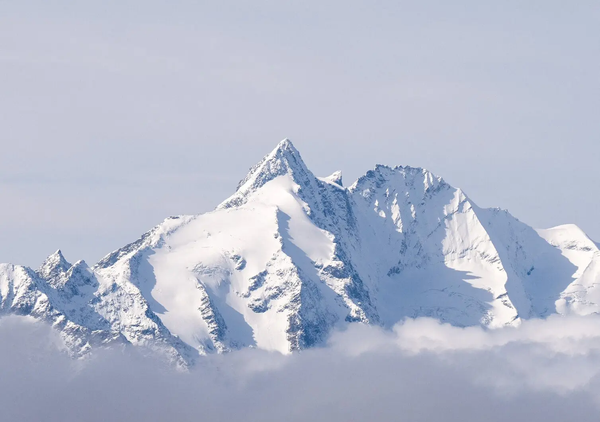She spent 20 years undercover with the FBI's Sex Crimes unit
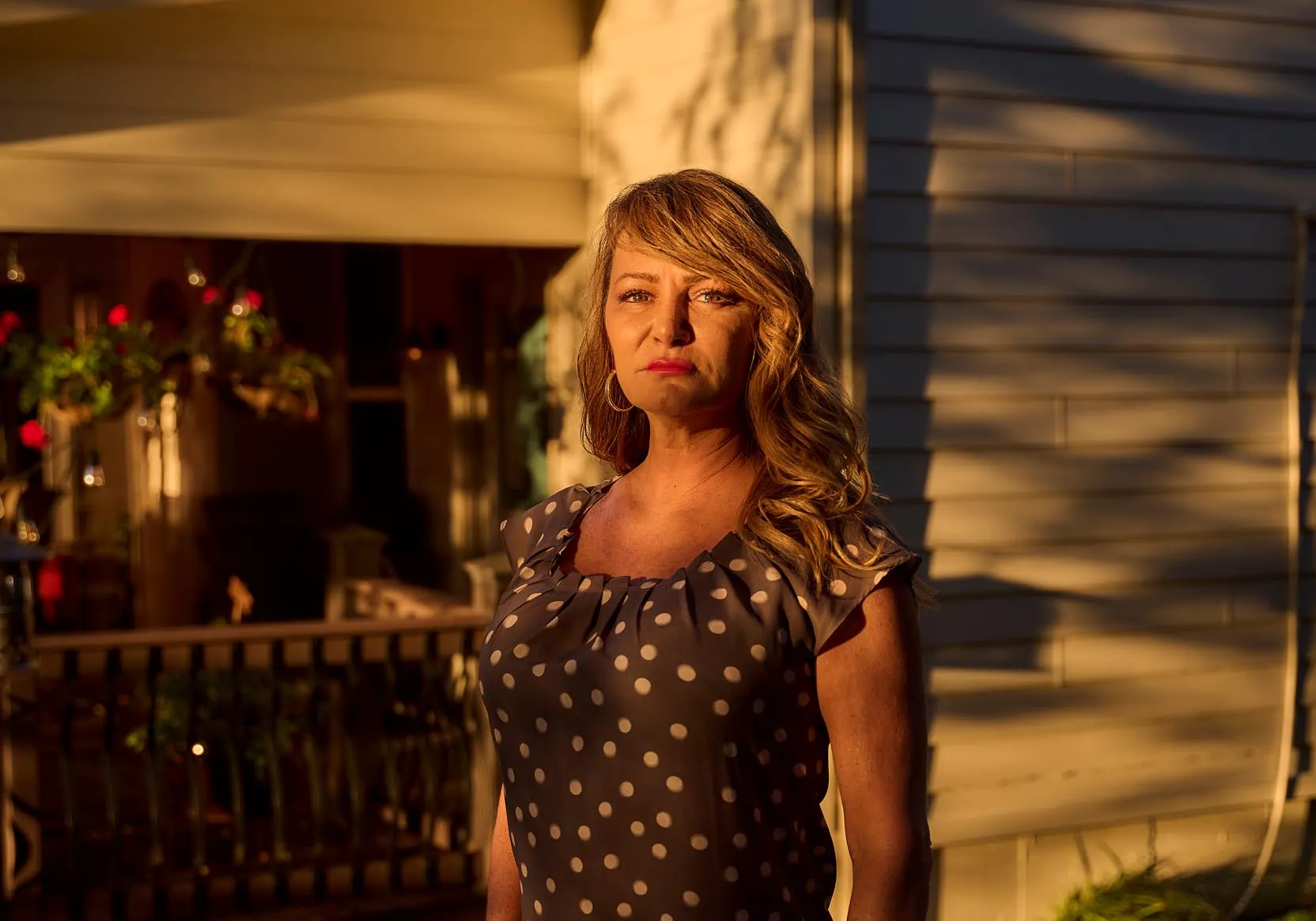
From Alex Morris for Rolling Stone: "After seeing the pictures, Bolen asked to meet. While a lot of the men Paulina had encountered in chatrooms like “Sex With Younger” just wanted to trade images and videos of children, Bolen was a “traveler,” someone looking to act upon his obsessions. On Sept. 17, just as they’d arranged, Paulina sat on a bench outside a mall with a stroller parked in front of her, scanning the parking lot nervously. Part of her hoped Bolen wouldn’t show. When he did, she could see he was handsome, a preppy guy in a pink polo shirt and khakis. As he smiled and pulled back the blanket draped across the stroller, he found himself surrounded, handcuffs slipped around his wrists. “Paulina” watched his confusion giving way to distress as FBI agents took him into custody. It was her first undercover arrest. It would be the first of many."
A game designer writes about what it was like to lose his seven-year-old son
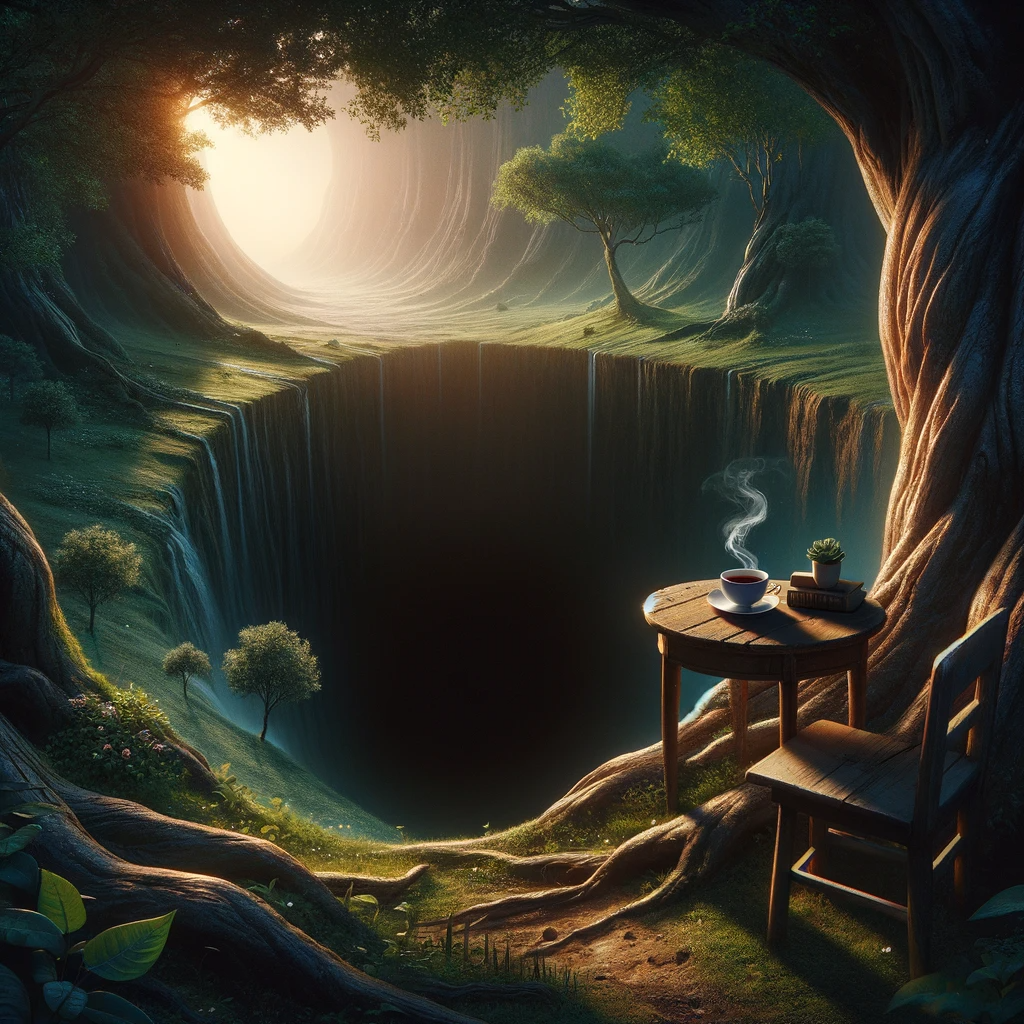
From Lars Doucet: "My seven year old son Nikolas suffered cardiac arrest while undergoing a procedure at the hospital to treat an underlying congenital condition. The doctors performed CPR and succeeded in reviving him but ultimately he suffered catastrophic brain damage. I will describe a bit about what this situation feels like from the inside. If you have not experienced this kind of tragedy, it will likely surprise you, as it did me. Turns out, unfathomable tragic loss isn't very hard. It's easy, in fact. Easy in the same way that falling off a cliff is "easy"–gravity does all the work for you. It's not like climbing mount Everest, desperately putting one foot in front of the other. It's not like struggling to answer questions in a final exam. Tragic loss is just something that happens to you."
After this Afro-Cuban novelist died it became clear that his entire life was a work of fiction

From D.T. Max for the New Yorker: "The novelist Hache Carrillo was admitted to a hospital in Washington in April, 2020. He was fifty-nine years old, and had spent the previous several months receiving radiation treatment for prostate cancer. Carrillo was an admired figure in the literary world. His reputation rested on his one novel, “Loosing My Espanish,” about a Cuban-born high-school history teacher in Chicago. Published in 2004, the book had impressed critics with its bravura use of wobbly Spanish to evoke the experience of an exile whose native language has been supplanted by a new one. The prose was lush, the tales improbable: the narrator’s grandfather emerges from the sea, impregnates his grandmother, then returns underwater. But after he died, it became clear that Hache Carillo himself was a work of fiction."
Editor's note: If you like this newsletter, please share it with someone else. And if you really like it, perhaps you could subscribe, or contribute something via my Patreon. Thanks for being a reader!
How did drinking milk become such a big part of the Western diet and culture?
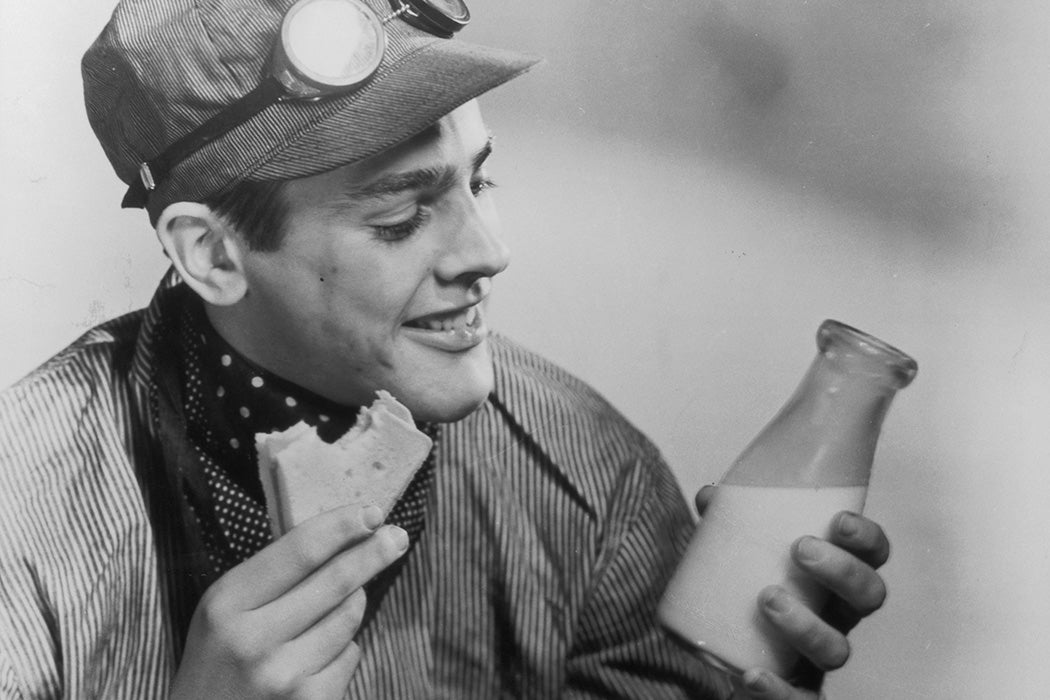
From Catherine Long for JSTOR Daily: "Our compulsion to consume milk sets it apart from other foods. This compulsion comes—or at least came—from our belief that milk not just “does a body good,” but is also “nature’s perfect food.” These beliefs maintained an ironclad hold over generations of American consumers. But how did milk take and keep that hold? Milk’s contemporary image-making began in the rapid urbanization of mid-nineteenth century New York City, where its growing population was crowded into tenements plagued by malnourishment and disease. Robert Hartley was among the first to call milk nature’s “perfect food," and introduced the idea of milk’s pure wholesomeness as part of a moral lifestyle. He portrayed milk as both a virtuous replacement for alcohol and a solution to the malnourishment of impoverished urban children."
An unassuming biology teacher has dominated the world of ultra running for the past 10 years
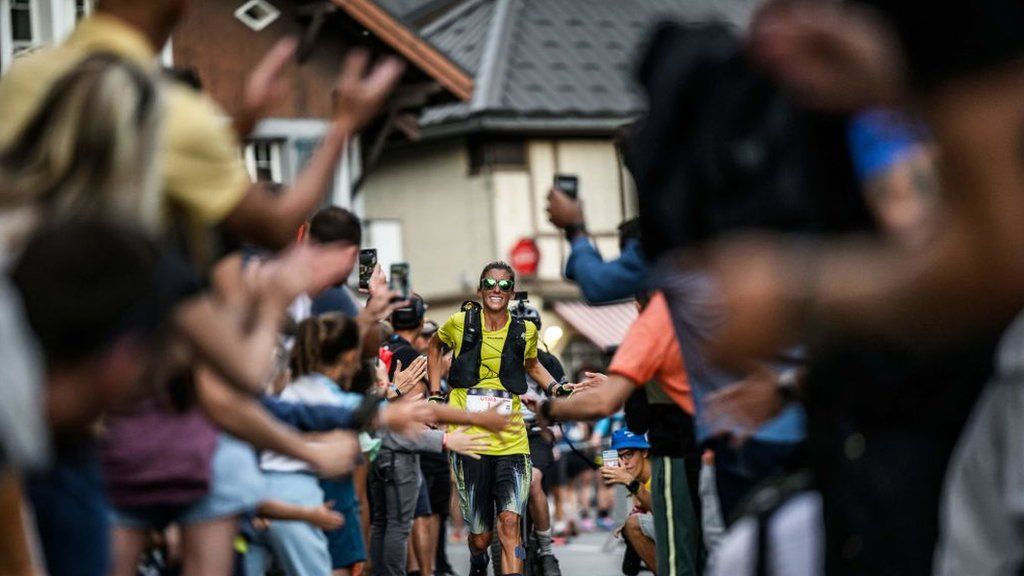
From Olivier Guiberteau for Outside magazine: "Chamonix is rocking. A melee of thousands squeeze into the French town's narrow streets to witness the culmination of the 106-mile (170km) race known as Ultra Trail du Mont Blanc. Crossing three international borders while circling the tallest mountain in Europe, UTMB is widely regarded as one of the most competitive ultra-marathons on the planet, with a total elevation gain of 10,040 metres - more than 1,000 metres higher than Mount Everest. This year, Courtney Dauwalter won her third UTMB title, completing the triple crown of the Western States 100, Hardrock 100 and UTMB in a single summer - a feat never before achieved. She also holds the course record for each event. In 2017, during the Moab 240, a savage 238-mile slog through the deserts of Utah, she obliterated the field - men and women - beating her nearest rival, Sean Nakamura, by 10 hours."
The sinking of the Titanic was just one of three ocean disasters that Violet Jessop survived

From David Kindy for National Geographic: "In 1911, Violet Jessop signed on as a stewardess on the sumptuously appointed R.M.S. Olympic—the largest ship of its day and the first of a trio of luxury liners operated by the White Star Line. All went well until September 20, 1911, when the passenger ship collided with the British cruiser H.M.S. Hawke. The Olympic suffered a major rip below the waterline but managed to limp home to England. Jessop transferred to its sister ship, the R.M.S. Titanic, which sank less than seven months later, after Jessop made it to a lifeboat. Despite her experiences, Jessop volunteered to serve as a nurse on the Britannic. On the morning of November 21, 1916, the liner struck a German mine and started quickly sinking. Jessop survived that as well, and continued serving on ocean liners until her retirement 32 years later."
Always wanted live in a 10,000-square-foot bunker? Now's your chance
You don’t need to be a billionaire to have your own bunker because here’s a chance to have your very own over 10k bunker in beautiful Polo, MO.
— Zillow Gone Wild 🏡 (@zillowgonewild) January 18, 2024
Per the listing it has a “a private water well, a new pump, and a substantial 10,000-gallon stainless steel water storage tank, all… pic.twitter.com/JuzDYb0z6V
Acknowledgements: I find a lot of these links myself, but I also get some from other newsletters that I rely on as "serendipty engines," such as The Morning News from Rosecrans Baldwin and Andrew Womack, Dan Lewis's Now I Know, Robert Cottrell and Caroline Crampton's The Browser, Clive Thompson's Linkfest, Noah Brier and Colin Nagy's Why Is This Interesting, Maria Popova's The Marginalian, Sheehan Quirke AKA The Cultural Tutor, the Smithsonian magazine, and JSTOR Daily. If you come across something interesting that you think should be included here, please feel free to email me.

